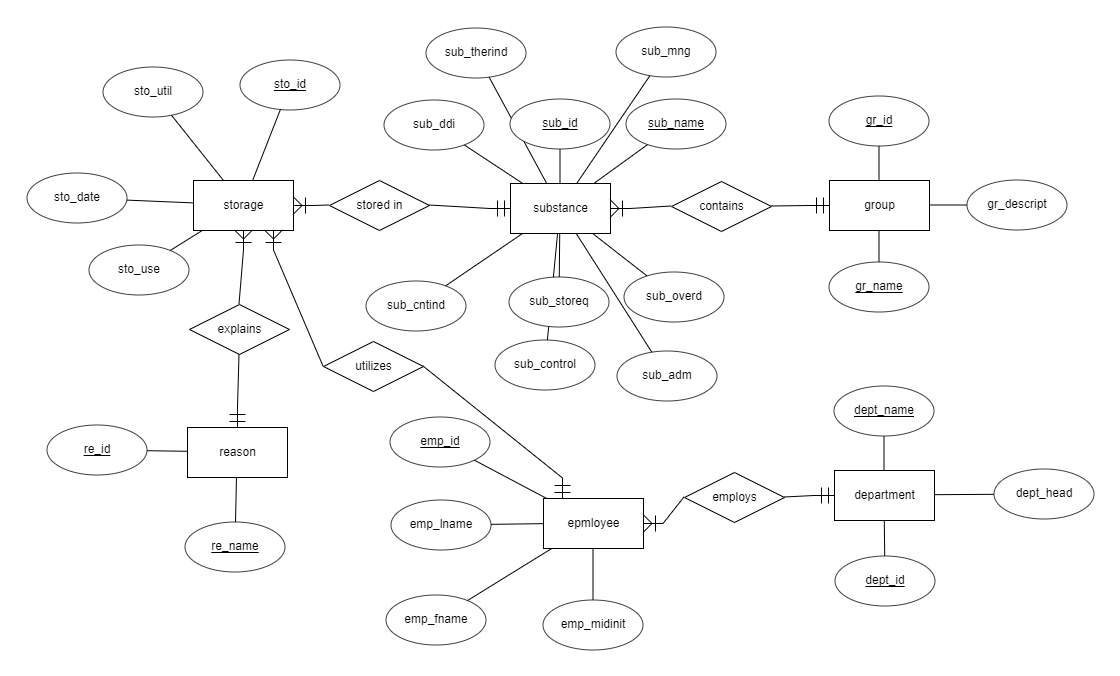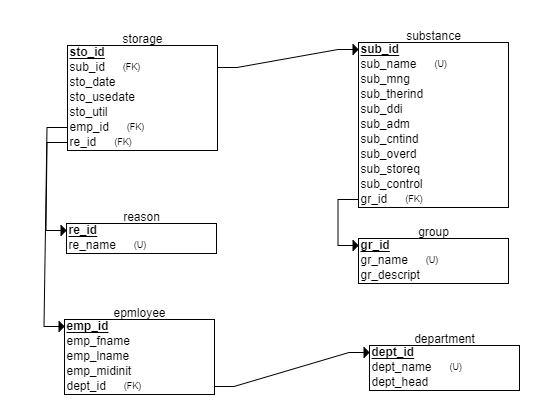Risk Incidence
Substance use disorder (SUD) is a chronic disease that can affect anyone regardless of his or her age, sex, ethnicity, education, or occupation. However, health care professionals, especially nurses, face an increased risk of developing the condition because of the availability of controlled substances in their workplace. According to the National Council of State Boards of Nursing (NCSBN, 2018), nurses are more exposed to the matter due to overconfidence that their education about SUD can prevent them from acquiring it. While the best way to acknowledge the symptoms of the condition is through regular personal interaction, there are analytical ways of detecting warning signs of SUD.
Risk Incidence Solution
One of the most efficient solutions for the problem is early recognition of the SUD occurrences, as it can facilitate further rehabilitation. NCSBN (2018) distinguishes the following signs of SUD in the workplace: frequent visits to the bathroom, subtle changes in appearance and character, an excessive number of mistakes, increased isolation, and inappropriate emotional responses. Only coworkers can identify these signs, as statistics is irrelevant in the matter.
However, a carefully designed database (DB) can help to determine the following symptoms of SUD: incorrect controlled substance counts, large amounts of controlled substance wastage, and variations in controlled substance discrepancies among shifts or days of the week. A nurse manager may introduce a new requirement for nurses that will request all the controlled substances to be registered in a DB. This process will enable managers to generate reports about the controlled substance waste and differences in discrepancies among shifts. In summary, nurse managers can benefit from using an efficiently implemented DB.
Database Design
SUD among nurses can be addressed through implementing a DB offered previously with minor design alteration. First, it would be needed to introduce a yes/no attribute to the substance table, which would identify a controlled substance (CS). The addition will allow the monitoring of CS use and waste. Second, the storage table will have to include the reason for utilization. To meet the requirement of an efficient DB, it would be beneficial to introduce a new table that would have all the acceptable reasons for utilizing a substance. The updated versions of the DB entity-relationship (ER) diagram and schema can be seen in the supplements of the current paper.
Required Resources
The offered DB design alteration would not need any additional resources apart from the expenses discussed for the previous DB implementation. However, in the situation when the hospital is already using a DB, the implementation of the proposed changes will require three additional hours of a system administrator. Moreover, every nurse and the manager will have to go through two-hour training sessions with the DB administrator.
For a 100-bed hospital, the average number of nurses is 70, and their payment is around $30 per hour (“Average registered nurse (RN) hourly pay,” n.d.). In total, the hospital will have to pay for 140 nurse hours, and 143 DB administrator hours, which will be $6775 (“Average systems administrator salary,” n.d.). In short, the proposed changes should be implemented into the DB design before the setup to avoid additional costs.
Information Collection Amongst Staff
The nurses that work with pharmaceutical products will accumulate data and enter it in the proposed database, while the nurse manager will analyze and disseminate the data. After using or disposing of a substance, nurses will be obliged to make a corresponding entry into the database, specifying the reason for the action. Nurse managers will collect weekly and monthly reports about CS count, waste, and discrepancies. These reports will help to realize if the hospital employees have the symptoms of SUD and alert the authorities. These simple actions can facilitate the early recognition of SUD and will support faster rehabilitation and return to the work of the employees.
Conclusion
SUD is a dangerous condition that affects nurses, as they may be overconfident, are exposed to increased workload, and have easy access to CSs. While nurse managers and colleagues may misread the cues of changes in behavior, a well-designed DB can alert hospital authorities of SUD cases with statistics. The proposed solution is a comparative solution for the early detection of SUD and can save millions that would otherwise be spent on lawsuits if a patient gets to know that he or she was treated by an intoxicated nurse.
References
Average systems administrator salary. (n.d.). Web.
Average registered nurse (RN) hourly pay. (n.d.). Web.
National Council of State Boards of Nursing. (2018). A nurse manager’s guide to substance use disorder in nursing. Web.
Supplements

